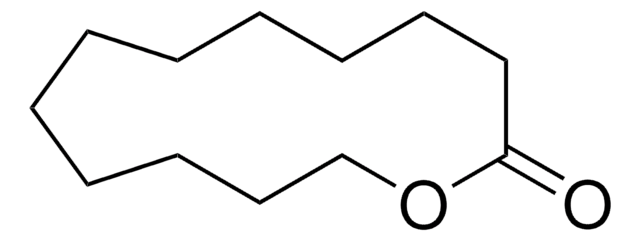About This Item
Produtos recomendados
forma
aqueous solution
disponibilidade
available only in Japan
concentração
0.1 M
1/10 N
temperatura de armazenamento
15-25°C
cadeia de caracteres SMILES
[Ag]
InChI
1S/Ag.NO3/c;2-1(3)4/q+1;-1
chave InChI
SQGYOTSLMSWVJD-UHFFFAOYSA-N
Procurando produtos similares? Visita Guia de comparação de produtos
Aplicação
- Photochemical Synthesis of Silver Nanoparticles: Silver nitrate is pivotal in the photochemical synthesis of silver nanoparticles using UV pulsed laser irradiations. The presence of surfactant additives influences the morphology and stability of the synthesized nanoparticles, which have applications in catalysis, sensing, and biomedical fields. This method provides a controlled approach to nanoparticle synthesis, essential for advanced material science and nanotechnology research (Qazi, Journal of New Materials for Electrochemical Systems, 2021).
Palavra indicadora
Danger
Frases de perigo
Declarações de precaução
Classificações de perigo
Aquatic Acute 1 - Aquatic Chronic 1 - Eye Irrit. 2 - Met. Corr. 1 - Repr. 1B - Skin Irrit. 2
Código de classe de armazenamento
6.1D - Non-combustible, acute toxic Cat.3 / toxic hazardous materials or hazardous materials causing chronic effects
Classe de risco de água (WGK)
WGK 3
Ponto de fulgor (°F)
Not applicable
Ponto de fulgor (°C)
Not applicable
Certificados de análise (COA)
Busque Certificados de análise (COA) digitando o Número do Lote do produto. Os números de lote e remessa podem ser encontrados no rótulo de um produto após a palavra “Lot” ou “Batch”.
Já possui este produto?
Encontre a documentação dos produtos que você adquiriu recentemente na biblioteca de documentos.
Nossa equipe de cientistas tem experiência em todas as áreas de pesquisa, incluindo Life Sciences, ciência de materiais, síntese química, cromatografia, química analítica e muitas outras.
Entre em contato com a assistência técnica





